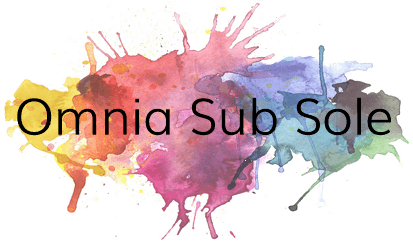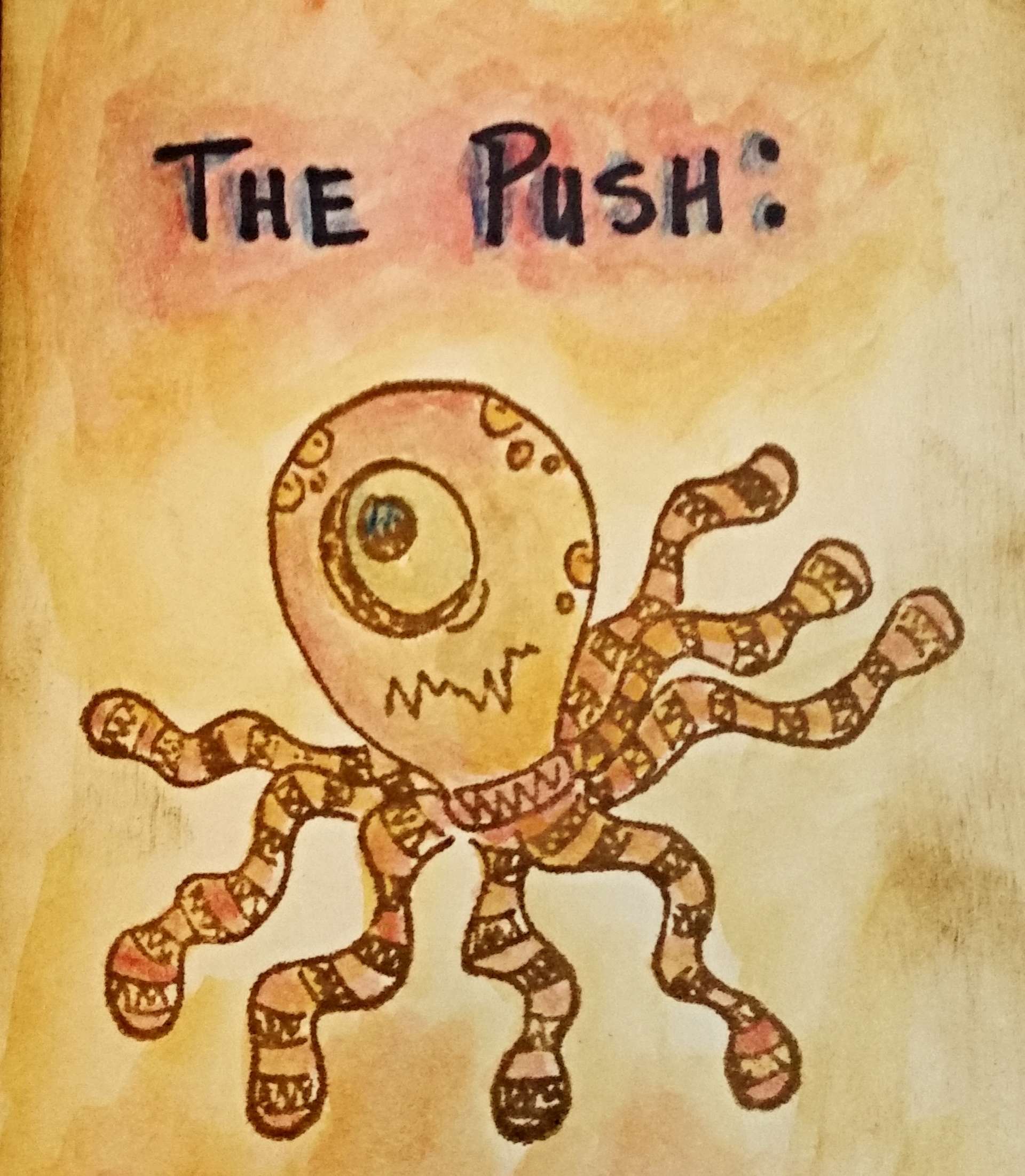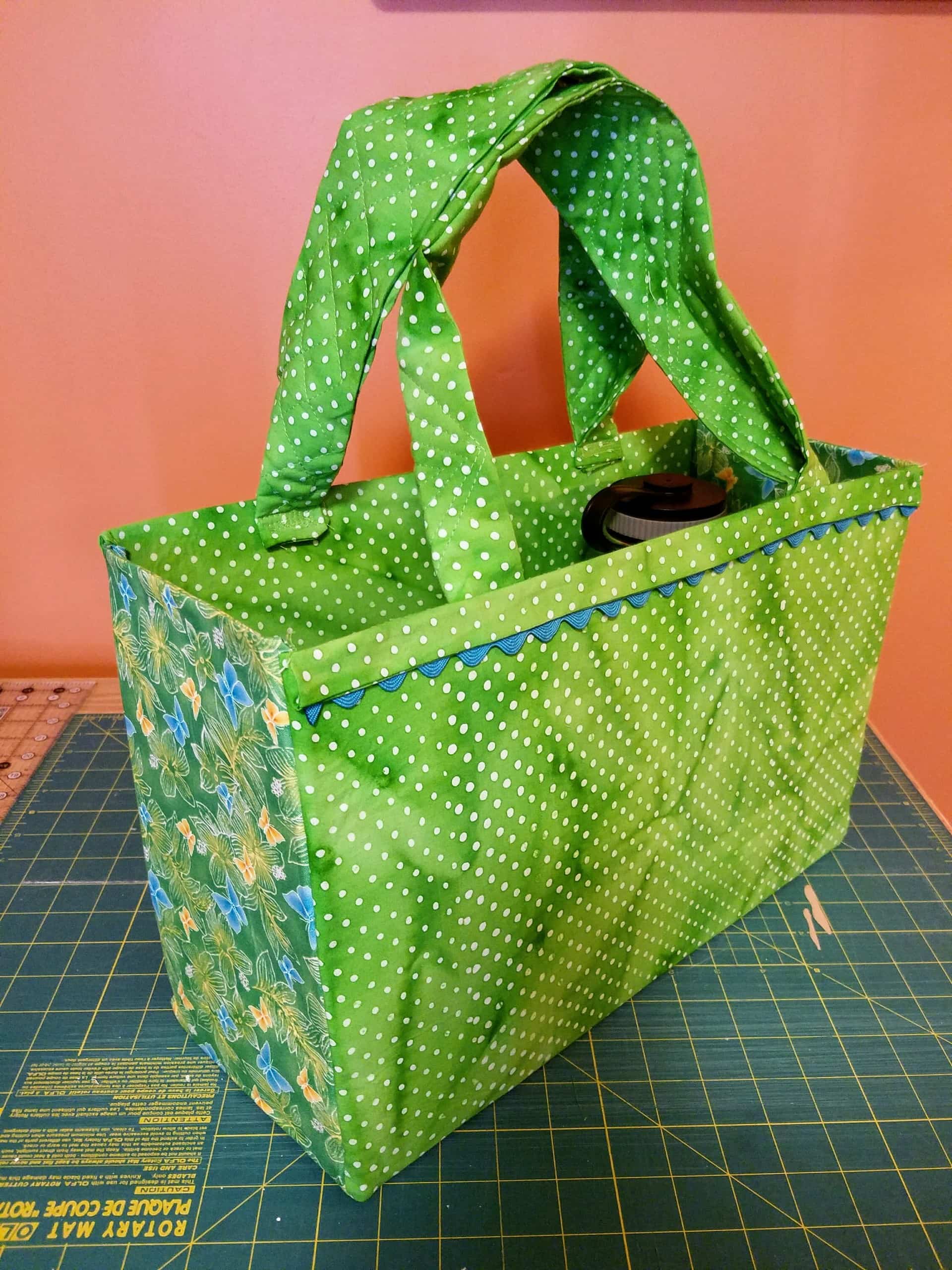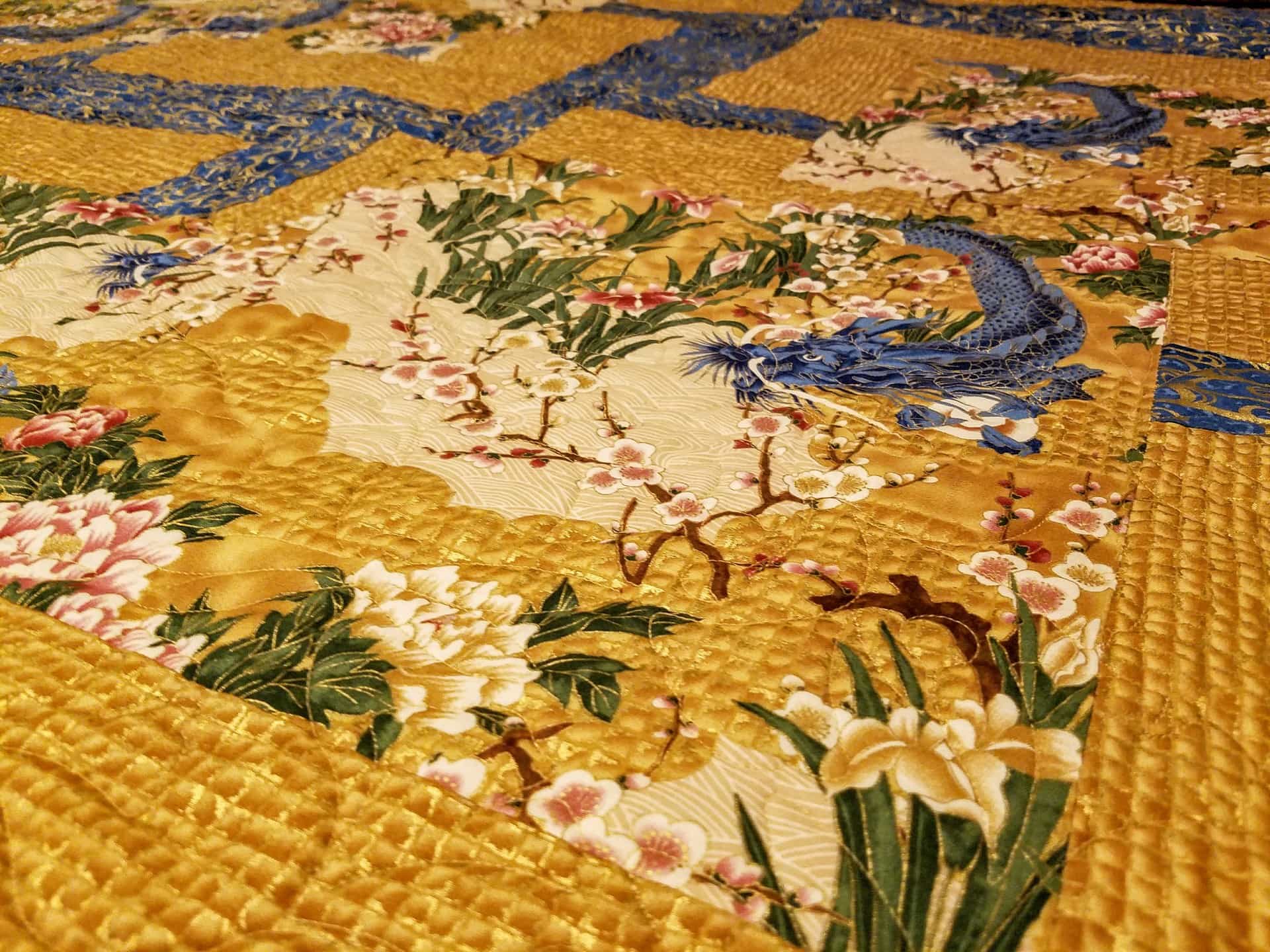That starts off with a bit of a preachy tone, doesn’t it? Well, be assured that I am not prepared or inclined to judge.
I am prepared to focus on the identification of personal values and how knowing yourself can help you identify what to change to maximize your good life. Always remember, I am talking about the attainment of a good life, not the good life. We can’t all be rich and famous, be we can be content.
The content of this post has two sources of inspiration:
- Journal52’s prompt for cards.
- Personal Values Cards that were quite boring.
A couple of months back, I went to a training on self-care in social work and one of the activities was the Personal Values Card Sort created by W.R. Miller, J. C’de Baca, D.B. Matthews, P.L. Wilbourne at theUniversity of New Mexico in 2001.
This exercise is typically done to help motivate individuals with substance use disorders toward positive change, however, in this instance, it was done with addictions professionals to help prevent burnout in the field. Sometimes we care so much for our clients that we do not care enough for ourselves. This exercise helped to clarify values and identify paths for change. I loved it. It was illuminating.
The Art
 For the art aspect of this project, I took a couple of decks of cards I got a rummage sale and used spray primer to lay down a base. I would swipe a card here and there with excess paint I had or spray paint them en masse for backgrounds. This took a while, but I was in no rush.
For the art aspect of this project, I took a couple of decks of cards I got a rummage sale and used spray primer to lay down a base. I would swipe a card here and there with excess paint I had or spray paint them en masse for backgrounds. This took a while, but I was in no rush.
The other day I picked up some clearance scrapbooking paper at Big Box Craft Store, about 50 pages for around $3. Awesome. So I cut shapes in the paper, glued them to the cards and glued the cut out values to each card. Simple, fun, relaxing. Now I have an awesome deck of values cards for personal and work use!
How to Use the Cards
So for personal use, and with the disclaimer that I am sharing this on a personal level and I am not acting as a therapist, this is how you use the cards as described by MINT:
- Place anchor cards in order from least important on the left to most important on the right.
- Shuffle the value cards.
- Sort the values cards using the anchor cards. Each card describes something that may represent a personal value for you. Look at each card and place each card under one of the anchor cards. The only rule is that you can have no more than 10 cards under the Most Important stack.
- When you finish with the sorting, look at the Most Important deck to make sure there are no more than 10 cards under this deck.
- For the second task, focus on the values you chose as most important and sort them from 1 to n (total number participant has in the most important pile—no more than 10) using a blank sheet of paper for ranking. In the first spot you will put the card that is your top value, second spot has the second most important value, and so on.
- When you finish rank ordering the most important pile, think about what you have identified as your values and how you honor those values daily. This step is where I found the most dissonance between my values and my daily life. I do not honor my most important values in my daily life and that causes increased stress.
This exercise operates by helping the user identify the discrepancy between behavior and values, a dissonance which is meant to trigger a shift from ‘business as usual’ to a mindfulness of your behaviors to effect positive change.
So where is your dissonance? What is your first step in allowing your values and behaviors to coincide?





[…] keeping with the instructions for the Values Card Sort posted previously, the recommendation is to do the sort a couple of times per year. So I did one […]